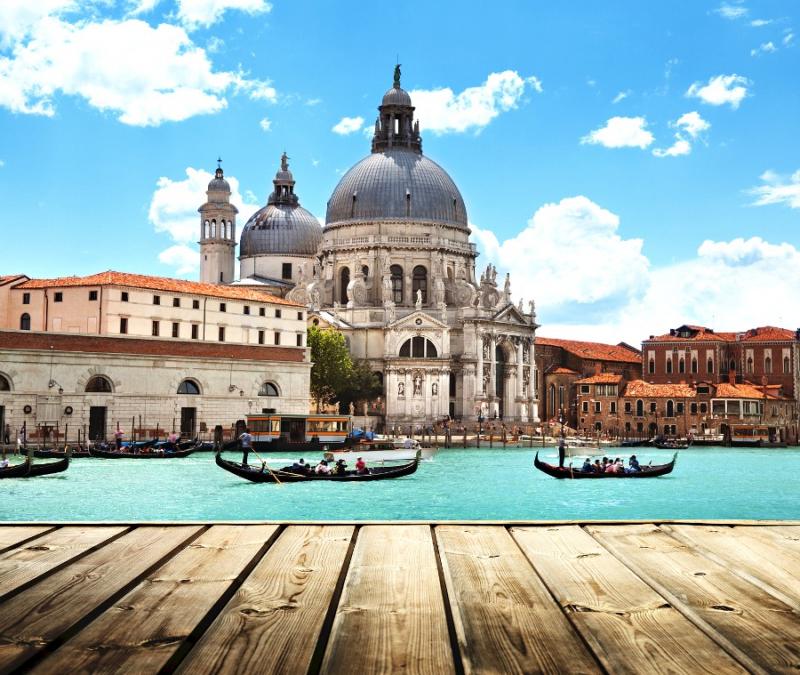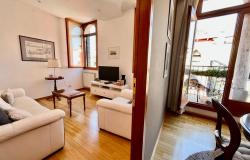If you are going to be in Venice on 21st November, you will have a chance to see and participate in one of the city’s most loved and least “touristy” festivals: the Festa della Madonna della Salute (the Festival of the Madonna of Health).
The festa’s origins go back to the plague of 1629 – 31, when many cities of Northern Italy were affected. This plague, often referred to as the “Great Plague of Milan”, is described by Alessandro Manzoni in “I Promessi Sposi” (“The Betrothed”).
Mantua was particularly badly affected after French and German troops carried the plague there and Duke Carlo Gonzaga sent messengers to Venice to seek help. The Venetians isolated the ambassadors on the island of San Servolo, but the plague had already reached the city via a carpenter who had been sent ahead to prepare lodgings for the ambassadors.
Within weeks, Venice was decimated by the plague and even the Doge and members of his family died. 46,000 people out of a population of 140,000 perished. No medicine was effective and eventually the new Doge, Nicolò Contarini, decided, with the Senate, to ask the Madonna for help. They organised a procession and people walked around the Piazza San Marco with lit torches for three days and nights. The Doge and the Senate made a solemn promise to the Madonna that, if she delivered them from the plague, they would build a beautiful temple to her.
The very next week there were less cases of plague and finally, in 1631, the city was declared free of the disease. Honouring their promise to the Madonna, the Senate commissioned a young architect called Baldassare Longhena to build the temple, which he designed in the form of a crown for the Madonna. The church was built in the Palladian style and was completed in 1681, the year before Longhena’s death. It was admired by visitors from all over the world as an example of Baroque style and today, it is one of the first buildings that comes to mind when we think of Venice.

The church was consecrated on 21st November 1687 and a bridge of boats was constructed so that people could reach it from the city centre. Now, every year, the Madonna of Health is remembered as over 100,000 people take part in the procession to the Basilica and, carrying candles, cross the bridge of boats. It is estimated that 6,000 people at a time can be found in the vicinity of the Basilica during the festival!
Of course, no Italian festival is complete without bancarelle (stalls) and this one is no exception. Perhaps because it is so near Christmas, the stall holders sell goods such as sweets, toys and balloons which are attractive to children, and Venetians, much to the delight of their offspring, stop to purchase these on their way to and from the Basilica.
This is truly a festival that everyone can enjoy!
*Story updated November 20, 2014














